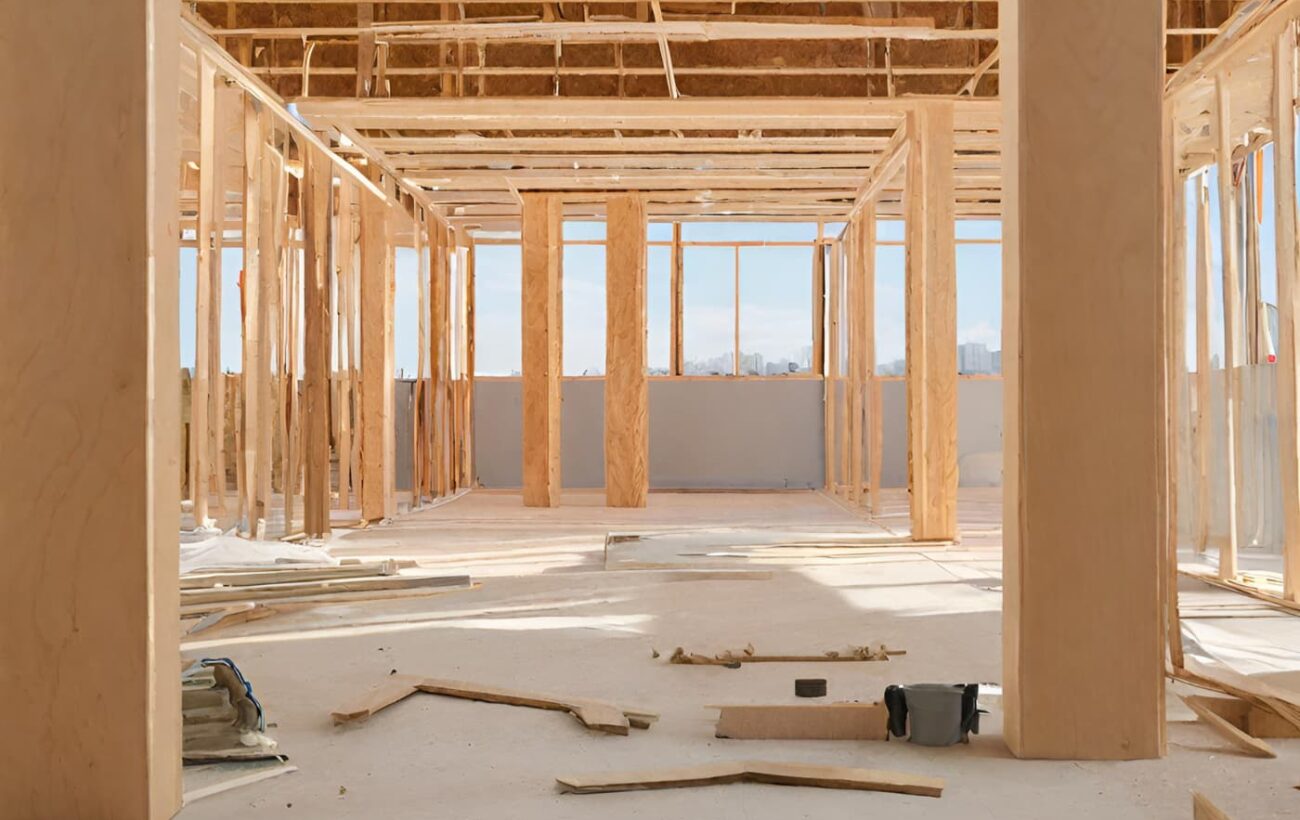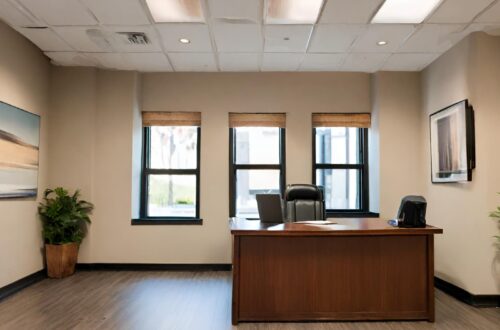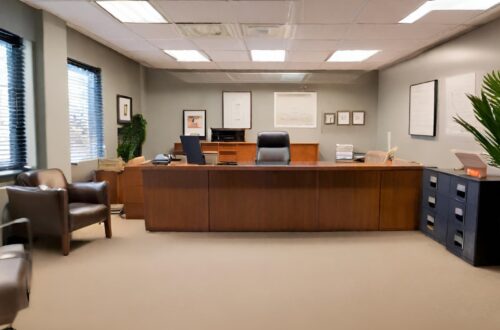Construction sites are bustling hubs of activity, where workers engage in various tasks amidst heavy machinery and towering structures. Amidst this dynamic environment, workplace accidents can occur, ranging from falls from heights to machinery mishaps. In this article, we’ll delve into the most common work accidents in construction, exploring preventive measures and the crucial role of legal support, including the expertise of a Westchester workplace injury lawyer. Let’s navigate the terrain of workplace safety and legal recourse together.
Understanding the Most Common Work Accidents
Falls from Heights
Falls constitute one of the most prevalent accidents in the construction industry. According to recent statistics, falls from heights account for a significant portion of construction-related injuries and fatalities. Whether due to improper scaffolding, unstable working surfaces, or inadequate fall protection measures, the risks associated with working at elevated heights are substantial. To mitigate these risks, employers must prioritize the implementation of comprehensive fall prevention programs. This includes providing appropriate safety equipment such as harnesses, guardrails, and safety nets, as well as ensuring that workers receive thorough training in fall protection protocols. Moreover, regular inspections of elevated work areas can help identify and address potential hazards before accidents occur.
Machinery Accidents
The operation of heavy machinery poses inherent risks, leading to various types of accidents such as caught-in/between incidents or being struck by equipment. These accidents can result from a myriad of factors, including equipment malfunctions, operator error, or inadequate safety precautions. To minimize the occurrence of machinery accidents, employers must prioritize the implementation of stringent safety measures. This includes conducting regular maintenance checks on machinery to ensure proper functioning, providing adequate training to equipment operators, and establishing clear safety protocols for machinery operation. Additionally, employers should ensure that worksites are properly organized to minimize the risk of workers being struck by moving equipment or caught in machinery.
Strategies for Prevention
Training and Education
Comprehensive safety training programs play a pivotal role in equipping workers with the knowledge and skills necessary to identify and mitigate hazards. By providing workers with thorough training in safety procedures and protocols, employers can empower them to take proactive measures to ensure their own safety as well as the safety of their colleagues. Additionally, regular safety meetings and toolbox talks provide opportunities for workers to discuss potential hazards and share best practices for accident prevention. By fostering a culture of safety and continuous learning, employers can significantly reduce the risk of workplace accidents and injuries.
- Conduct regular safety meetings where workers can discuss potential hazards and share best practices.
- Provide ongoing training for new equipment and safety procedures to ensure that workers remain up-to-date on the latest safety protocols.
Implementation of Safety Measures
Proactive measures, such as installing guardrails, safety nets, and providing personal protective equipment (PPE), contribute significantly to accident prevention. Guardrails and safety nets serve as physical barriers to prevent falls from elevated work areas, while PPE such as hard hats, safety goggles, and steel-toed boots protect workers from potential hazards on the job site. Additionally, employers should ensure that machinery and equipment are properly maintained and inspected regularly to identify and address any potential safety issues. By implementing these safety measures, employers can create a safer work environment for their employees and reduce the risk of workplace accidents and injuries.
- Install guardrails and safety nets around elevated work areas to prevent falls.
- Provide workers with appropriate personal protective equipment (PPE) to mitigate the risk of injury.
- Conduct regular inspections of machinery and equipment to identify and address potential safety hazards.
Legal Support for Injured Workers
Role of Accident Attorneys
Accident attorney Westchester NY specializing in workplace injury cases play a crucial role in advocating for injured workers’ rights. From navigating complex legal procedures to negotiating fair compensation, these legal professionals provide invaluable support to individuals injured on the job. In the aftermath of a workplace accident, injured workers may face significant challenges in navigating the legal system and obtaining the compensation they deserve. Accident attorneys can provide expert guidance and representation to help injured workers navigate the complexities of the legal process and ensure that their rights are protected.
- File workers’ compensation claims on behalf of injured workers to ensure they receive the benefits they are entitled to.
- Pursue third-party liability claims against negligent parties responsible for causing workplace accidents.
Seeking Compensation
Injured workers may be entitled to various forms of compensation, including coverage for medical expenses, lost wages, and compensation for pain and suffering. However, obtaining rightful compensation may pose challenges, underscoring the importance of legal representation to ensure fair treatment. Accident attorneys can help injured workers assess the full extent of their damages and pursue compensation through workers’ compensation claims or personal injury lawsuits. By enlisting the services of an experienced accident attorney, injured workers can increase their chances of obtaining the compensation they need to recover from their injuries and move forward with their lives.
- Seek compensation for medical expenses, including hospital bills, medication costs, and rehabilitation expenses.
- Recover lost wages and income resulting from time taken off work due to injuries sustained in a workplace accident.
- Obtain compensation for pain and suffering and other non-economic damages resulting from a workplace injury.
Conclusion
As we navigate the intricacies of workplace safety and legal recourse in the construction industry, it becomes evident that proactive measures and legal support are paramount in safeguarding workers’ well-being. By prioritizing comprehensive safety training, implementing robust safety measures, and seeking legal assistance when needed, we can work towards creating safer work environments and advocating for the rights of injured workers. Let’s continue to strive for a workplace where safety is paramount and legal protection is readily accessible.



